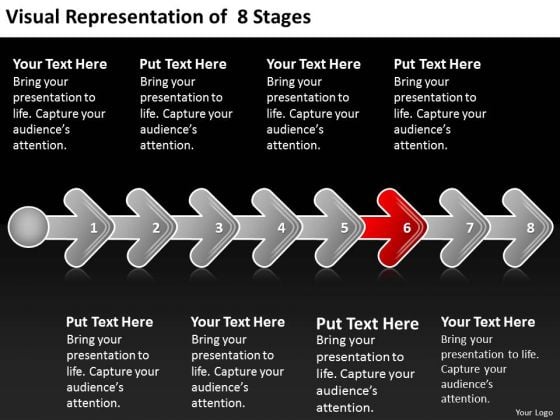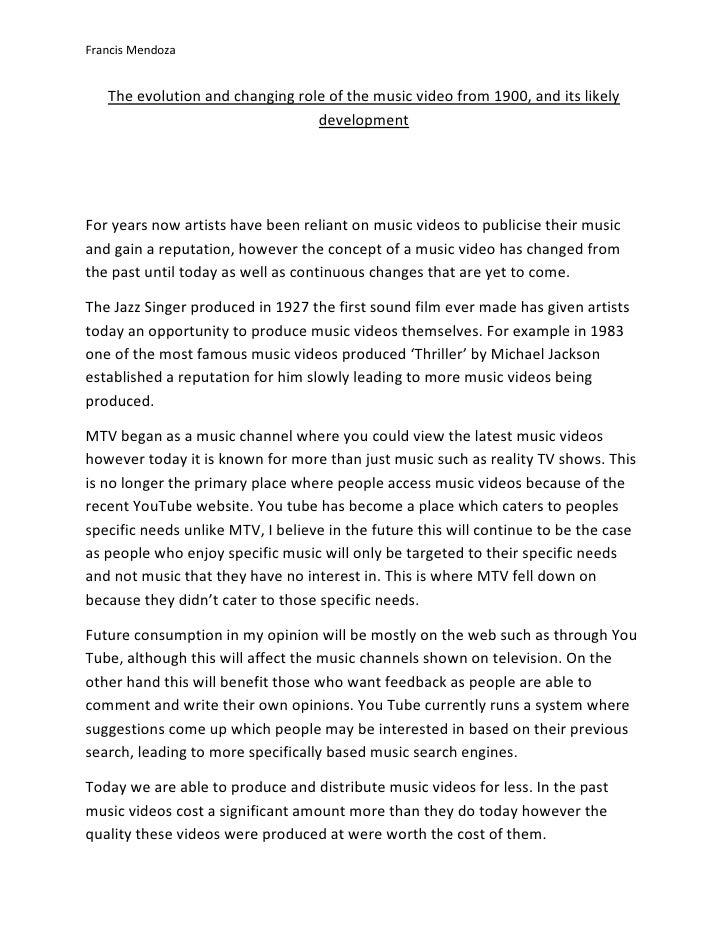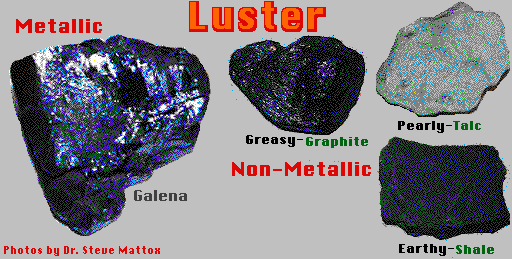What is SEMANTIC DIFFERENTIAL? definition of SEMANTIC.
On a desktop and most laptops, the Semantic Differential question type looks like so. When optimized for mobile devices the Semantic Differential question type displays as sliders; this makes it a easier to interact with as mobile respondents will be using their finger to select answers.Psychology Definition of SEMANTIC DIFFERENTIAL: This used to assess a person's attitude by rating things on a scale of good-bad, hot-cold, large-small and other opposites and is used to gauge the public'.Despite these concerns, the semantic version proved better than the Likert version in terms of model fit and uni-dimensionality. One reason for this was that the number of items containing complex side-loadings was substantially higher in the Likert than the semantic differential version. Also, fewer latent classes were needed to fit the item.
How to score a semantic differential scale? I am working on semantic differential scale and I need to understand about the scoring of a semantic differential score.The questionnaire used by Gray et al. is designed to measure one’s general conceptions of mental capacities of entities. A different questionnaire may be appropriate for assessing our mind perception. We suggest that a semantic differential scale method could reveal multidimensional aspects of mind perception (Bradley and Lang, 1994). This.

The semantic differential scale (SDS) is a scaling tool which has been used frequently for measuring social attitudes, particularly in the fields of linguistics and social psychology. It was first devised by Osgood, Suci and Tannenbaum (1957). Typically the scale is a seven-point bipolar rating scale using adjectival opposites, although some studies have used five- and six-point scales (these.












